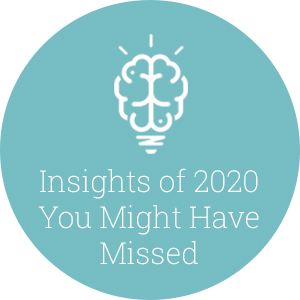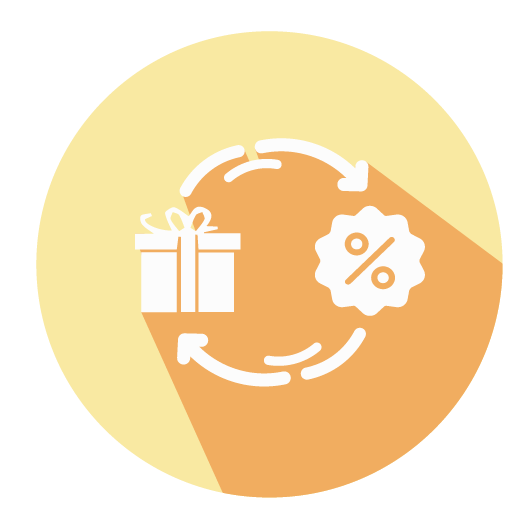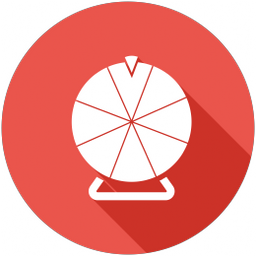Here at New Neuro Marketing we review new research papers weekly to provide you with the latest insights on Neuromarketing. These are 5 insights that were not yet published in an article but we still want you to know about them so you don’t miss a thing!
Posted in Research, Archive, Strategy, Advertising
published on Monday, 04 January 2021
Imagine that you are on the bus, on your way to work. You’re bored, waiting to arrive at your destination. When you look up, your eyes fall on several ads placed on the bus. They include texts and logos and are screaming for your attention. You see one that includes a QR code. Now think of this - what would make you want to grab your phone and scan the QR code?
There could be several reasons. However, think of this subject from a marketer’s perspective. How can you make people scan your QR code and draw them to your online environment? And accordingly, make them interact with your website? Let’s find out!
Posted in Archive, Advertising
published on Wednesday, 09 December 2020
Buy more to save more, money off, sale, special offer, spin the lucky wheel... So many different expressions to achieve one goal – conversion. But which method really works?
There are so many chance games out there for a reason – from a chips box offering customers to win 1 out 1000 prizes to scratch cards found in online delivery boxes, encouraging customers to discover one of the amazing treats. Are you wondering why so many companies keep doing it?
Posted in Archive, Conversion
published on Tuesday, 24 November 2020
When Negative Branding works
''Read this, you loser..''
Quiz time! What do Weekend Offender, Gucci Guilty, Monster Energy, Fresh Ego Kid, Arrogant Bastard Ale, Dior Sauvage have in common?
That’s right: these are all brand or product names with a negative, dark or unpleasant connotation. Terms like offender, monster, and bastard are all related to negative concepts in our brains.
But did you know that this type of “negative” branding can lead to the most positive outcomes? Recent research shows that negative branding can make brands more appealing to members of the target audience, and increases their willingness to pay.
In this blog, you’ll learn why and when negative branding works, so you can use it to your advantage.
Are you ready to discover the bright side of negative branding? Just keep reading!
Posted in Archive, Advertising
published on Tuesday, 10 November 2020
How do you judge a person's status? Do you look at his or her clothes? Or their possessions?
According to the Shape-SES theory, most people tend to infer a person's socioeconomic status from his or her body shape. And this turns out to be the case for products and their shapes as well!
So, what kind of package shape do you think of as luxurious? Or what would you describe as a high-status product?
A recently published paper suggests that packaging shape affects how we categorize products and judge brands' status.
Do you want to learn more about how product packaging is used to position a brand in the consumer's mind? Continue reading!
Posted in Archive, Strategy
published on Wednesday, 28 October 2020





